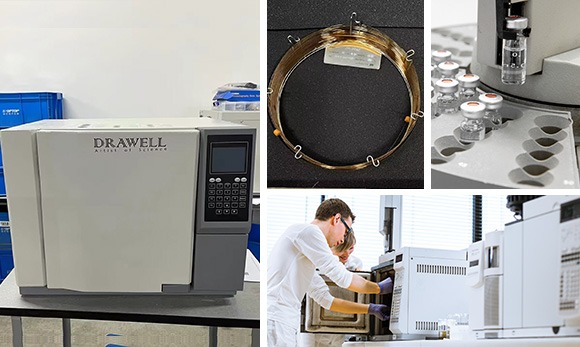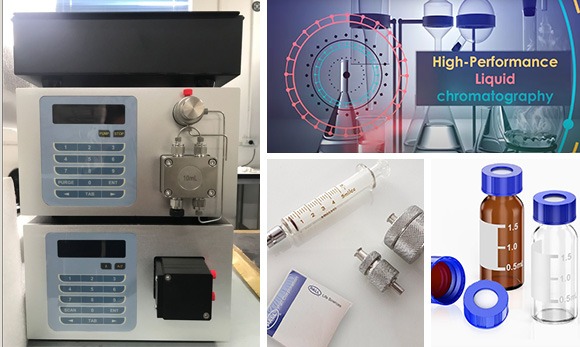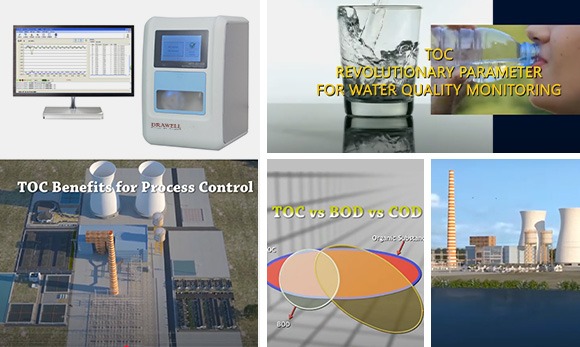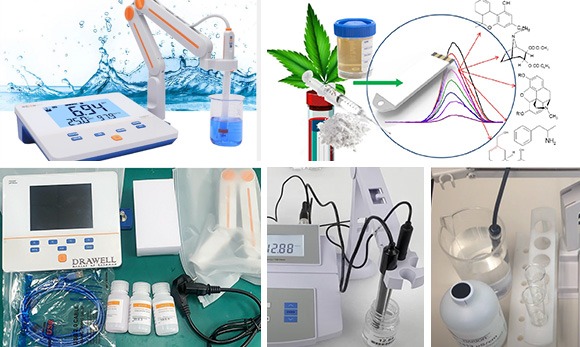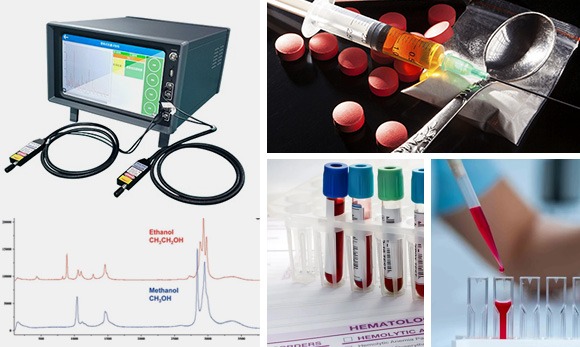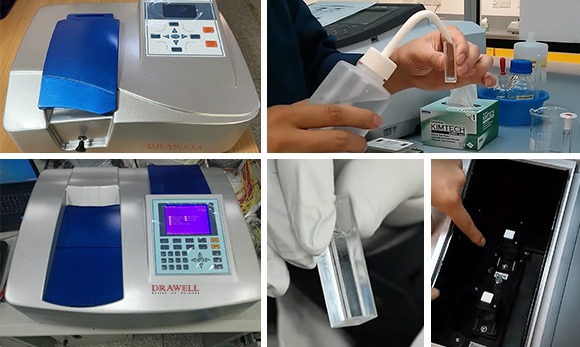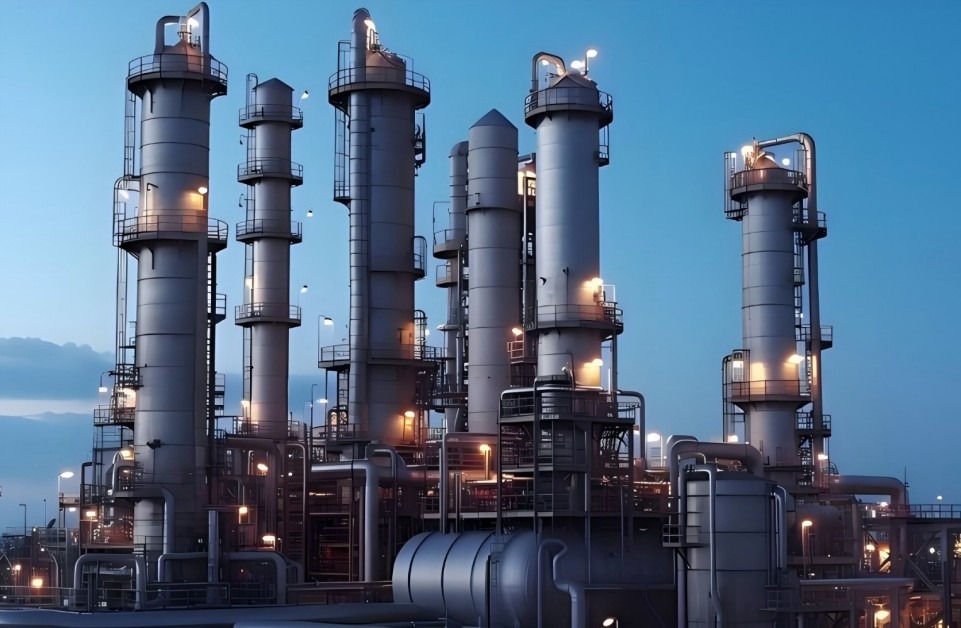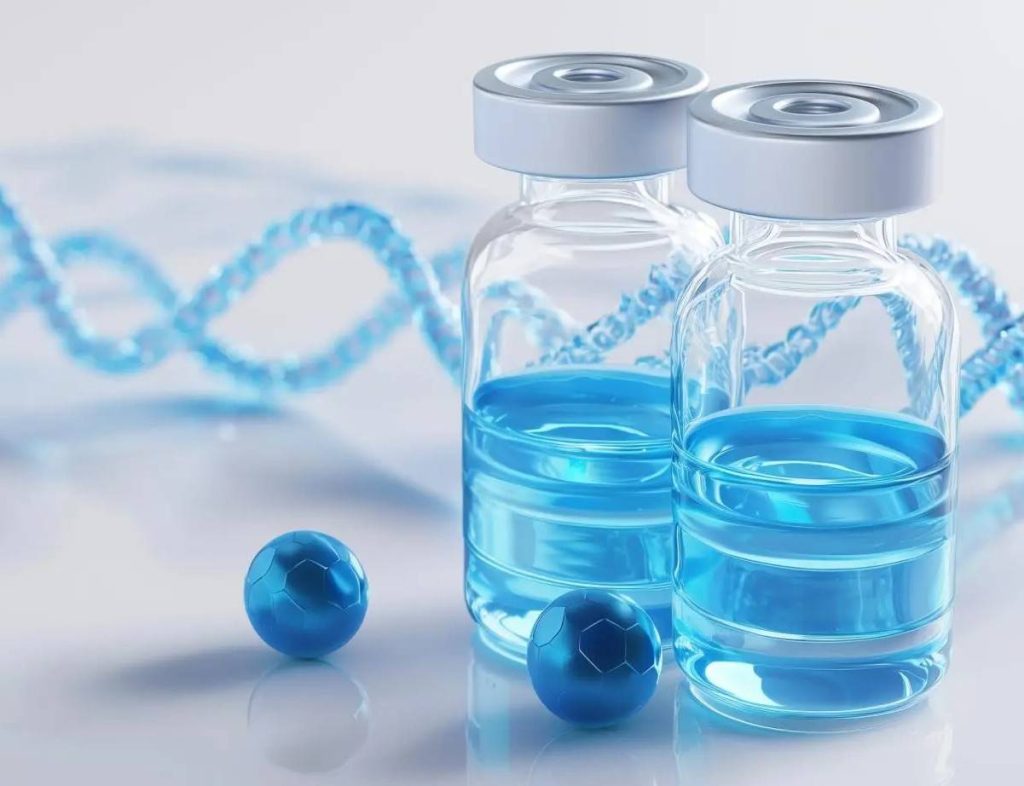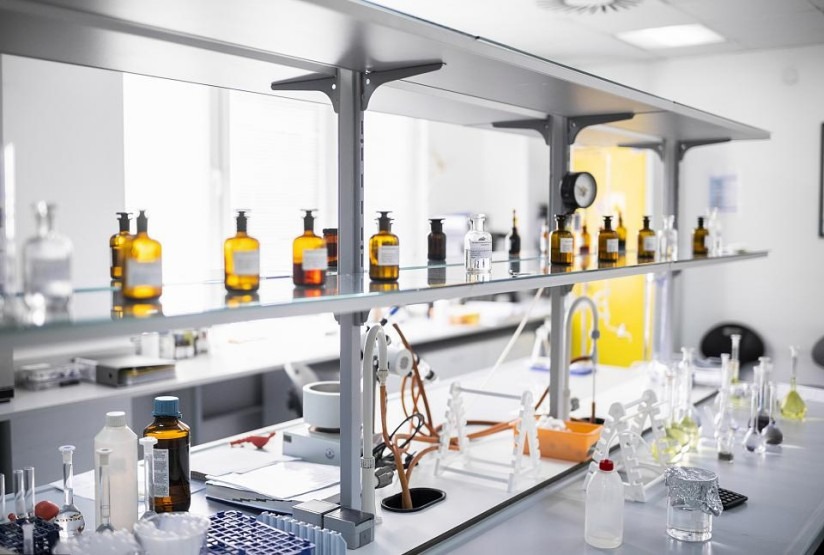Environmental Monitoring and Water Quality Analysis
Environmental Monitoring and Water Quality Analysis
For environmental monitoring and water quality analysis, the laboratory commonly uses the following analysis methods:
- Gas chromatography to analyze volatile organic compounds (VOCs) and pesticide residues;
- High performance liquid chromatography to analyze polycyclic aromatic hydrocarbons, particulate matter, pesticide residues, etc. in water samples;
- TOC to detect organic pollutants in water, atmosphere, and soil;
- Electrochemical analysis technology to determine parameters such as dissolved oxygen, pH value, conductivity, chlorophyll content, ammonia, potassium, and redox potential in water; quantitative analysis of the content of copper, cadmium, lead, and other elements in soil;
- Raman spectroscopy to determine the molecular structure, composition, and concentration of pollutants;
- UV-visible spectrophotometer to measure heavy metal ions, organic pollutants, biological toxins, etc.
Solutions for Environmental Monitoring and Water Quality Analysis
GC for Environmental Monitoring
Gas chromatographs are widely used in environmental monitoring for the detection of volatile organic compounds (VOCs), pesticide residues, and atmospheric pollutants.
Its advantages include high sensitivity, high selectivity, rapid analysis, and easy operation.
HPLC for Environmental Monitoring
- It can detect polycyclic aromatic hydrocarbons (PAH), pesticide residues, heavy metal ions, etc. in water samples for analysis;
- It can analyze pollutants such as volatile organic compounds (VOCs) and particulate matter in the atmosphere;
- It can determine harmful substances such as pesticide residues and heavy metals in the soil.
TOC Analyzer for Environmental Monitoring and Water Quality Analysis
- Applications in environmental monitoring include the detection of organic pollutants in water, atmosphere, and soil;
- Applications in water quality analysis include the detection of the content of organic matter in drinking water, food, and medicines;
Advantages: TOC analyzer uses conductivity difference detection technology, with high detection accuracy and short response time.
Electrochemistry Analyzer for Environmental Monitoring and Water Quality Analysis
- Electrochemical analysis technology can quickly, sensitively and accurately measure dissolved oxygen, pH value, conductivity, chlorophyll content, ammonia, potassium, redox potential and other parameters in water, so as to determine the pH value, redox properties of water bodies, whether the water bodies are eutrophic, whether there is pollution, etc.;
- Electrochemical analysis technology can quantitatively analyze the content of elements such as copper, cadmium and lead to determine the degree of soil pollution and the source of pollutants.
Advantages: High sensitivity, especially suitable for the detection of trace components.
Raman Spectrophotometer for Environmental Monitoring and Water Quality Analysis
- Atmospheric pollutant monitoring: Raman spectroscopy can analyze the molecular structure of pollutants in the atmosphere and help monitor air quality.
- Water sample pollution monitoring: In environmental science, Raman spectroscopy is used to detect pollutants, harmful substances and concentrations in water samples to help monitor water quality.
Advantages: It provides qualitative and quantitative analysis results by analyzing the molecular structure of pollutants.
UV Vis Spectrophotometer for Water Quality Analysis
- It can be used to measure harmful substances in water, such as heavy metal ions, organic matter and pH;
- It can be used to detect specific pollutants in water quality analysis, such as organic pollutants, biological toxins, etc.

